Latest
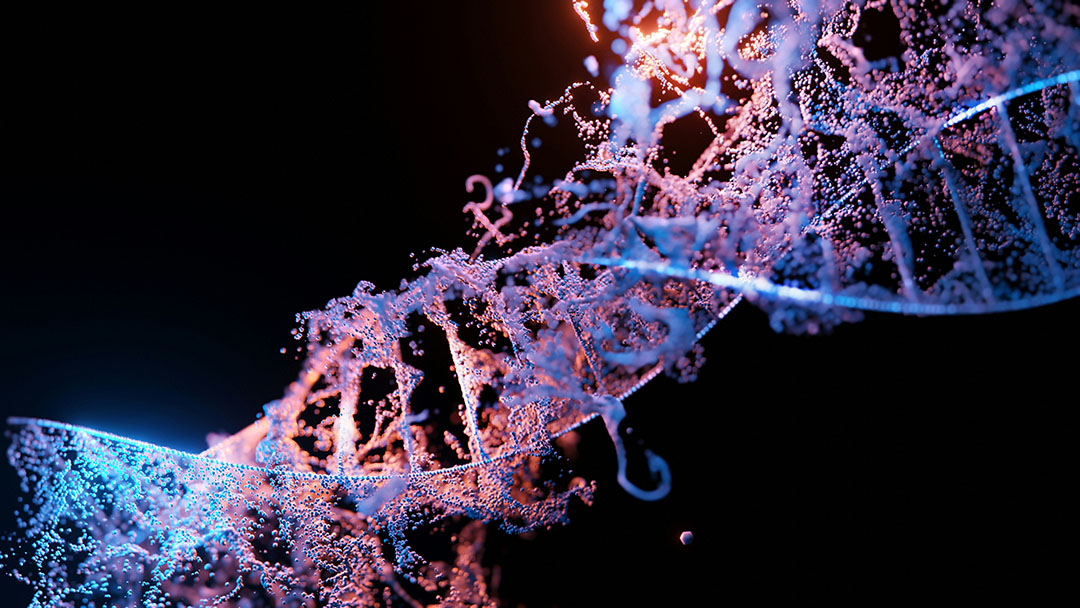
Ultra-sensitive CRISPR test detects pathogens in minutes—No lab needed
Scientists have developed a CRISPR-based diagnostic that detects pathogens in blood with million-fold greater sensitivity—without the need for DNA amplification.
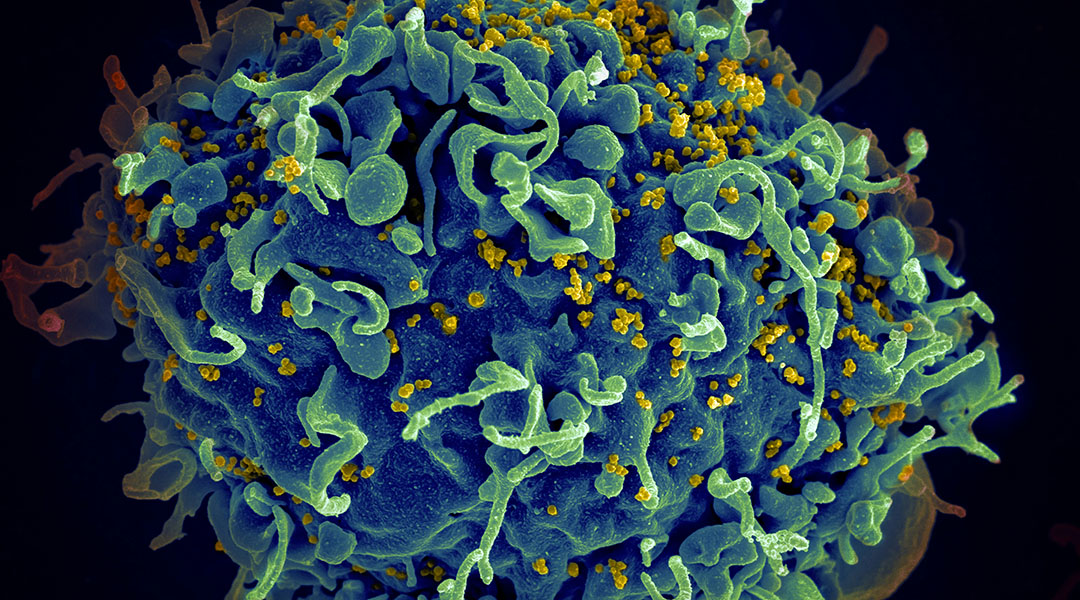
New blood markers predict long-term health risks in people with HIV
Scientists have identified key biomarkers linked to immune and metabolic dysfunction in people with HIV on long-term antiretroviral therapy.
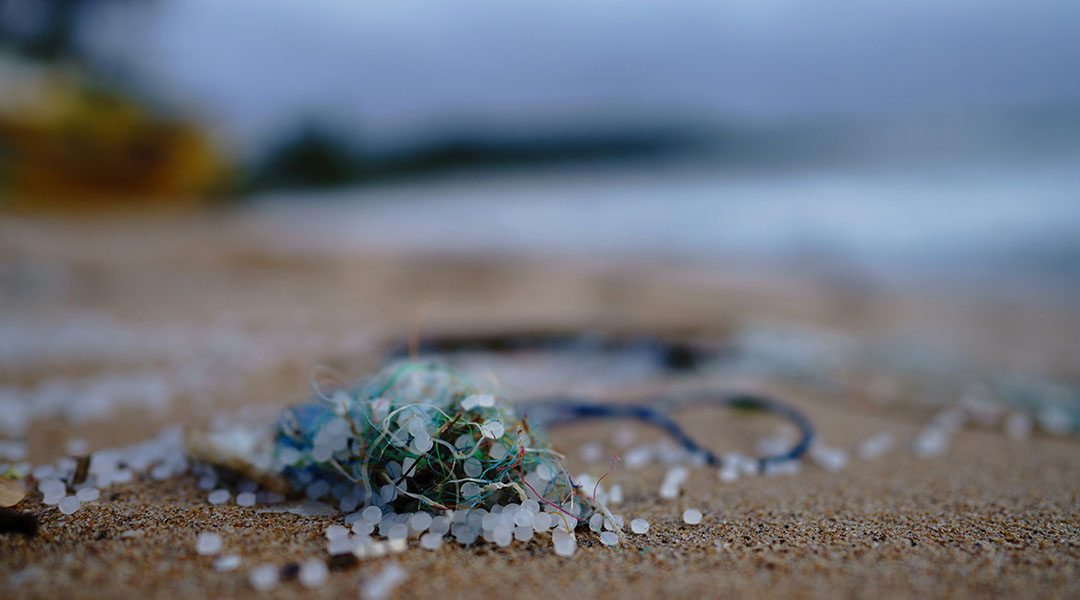
Microplastics could be hotspots for antimicrobial resistance
Microplastics facilitate a “super slime” that is resistant to antibiotics, sparking concern about antibiotic resistance in heavily polluted areas.
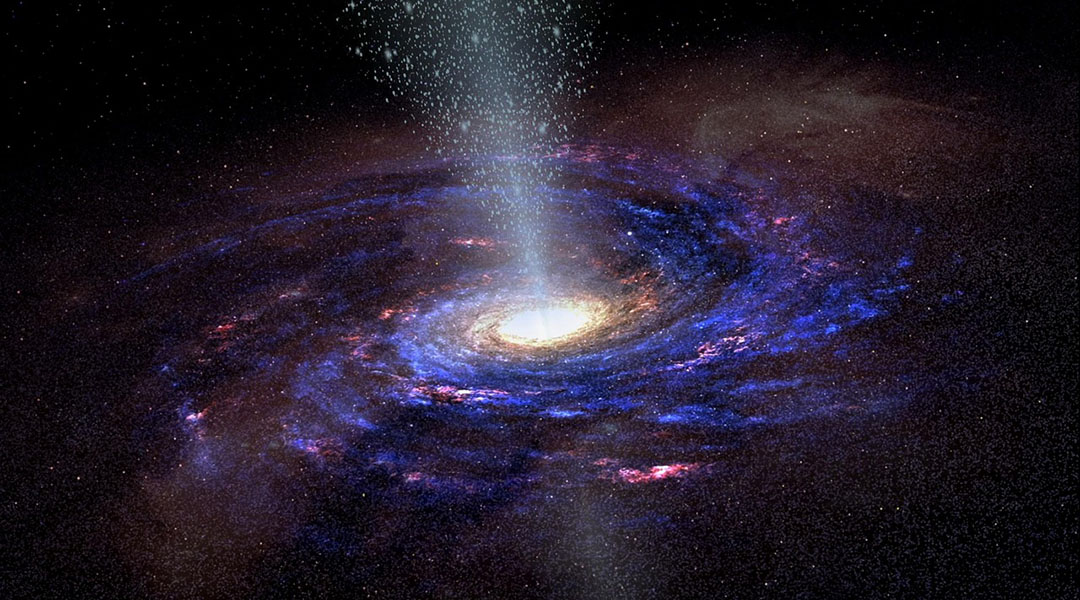
A new type of dark matter could explain mysterious radiation from the Milky Way’s core
Dark matter could be composed of much lighter particles, with masses roughly ten times smaller than that of a proton.
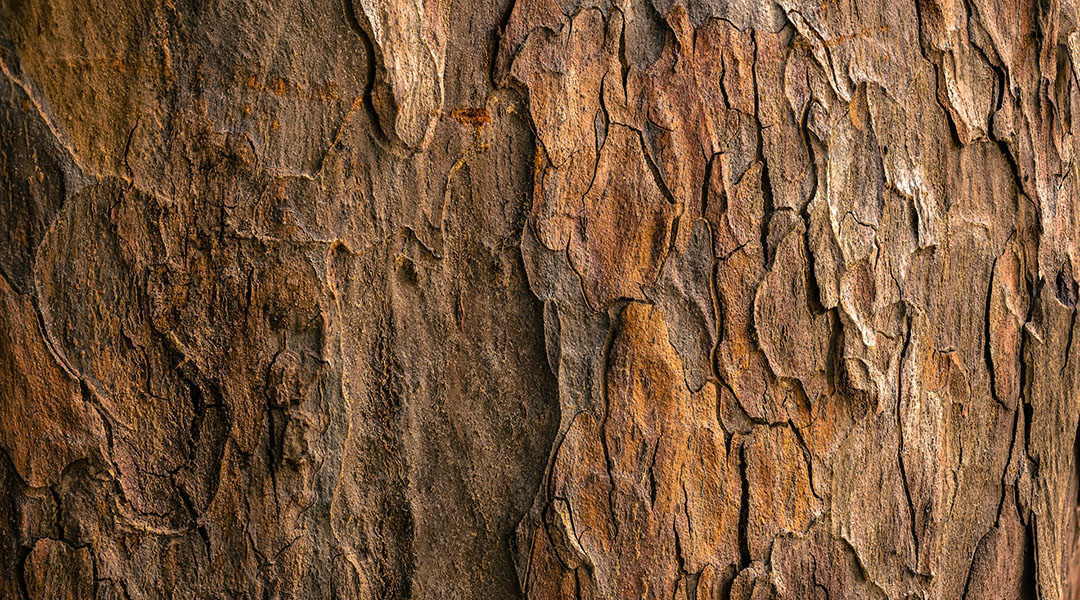
Molecules found in wood could make pesticides more efficient
Scientists in Finland have developed a method that can achieve a tenfold increase in pesticide retention on farmed crops.
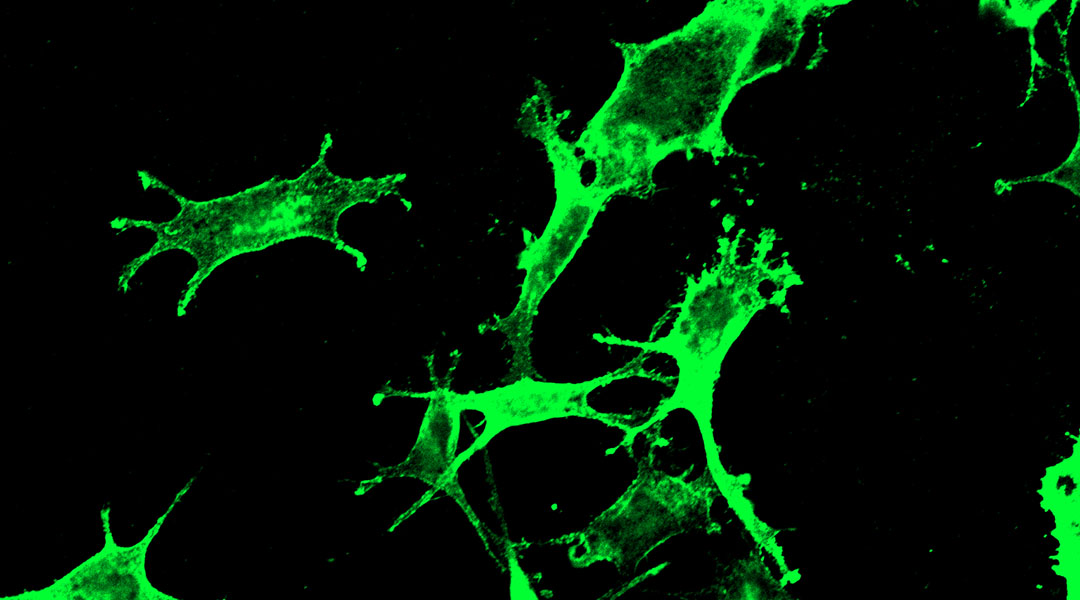
New cancer vaccine uses SARS-CoV-2 marker to harness immunity against tumors
SARS-CoV-2 marker used to trigger the immune system against cancer, showing promise in shrinking tumors and improving survival in mice.
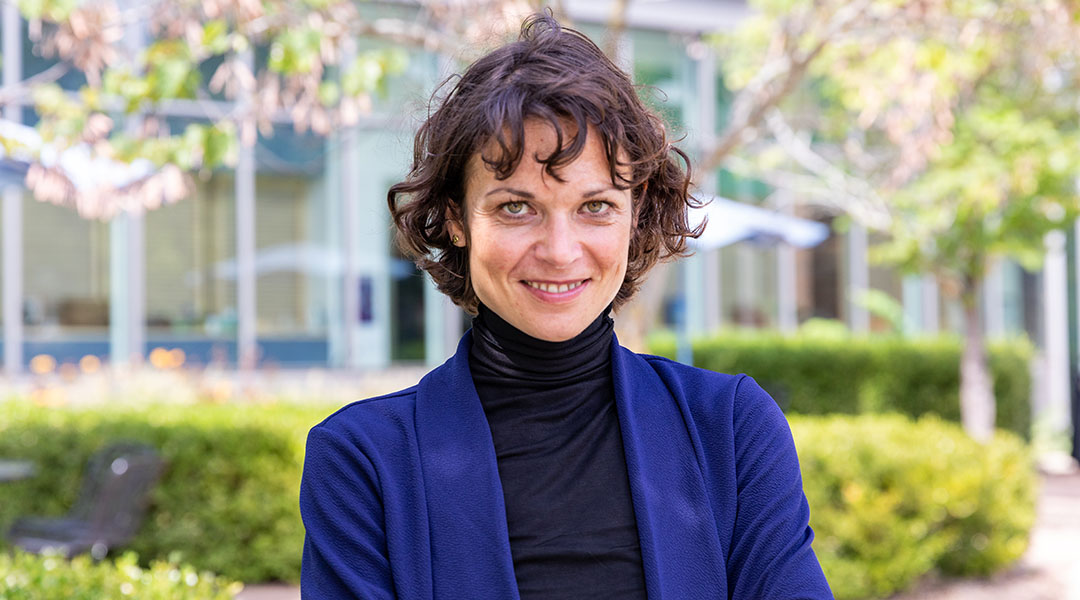
Claudia Loebel, understanding cell memory could lead to patient-specific treatments
Recreating the material that surrounds cells, Loebel aims to better understand cell memory and its role in disease development.
ASN Weekly
Sign up for our weekly newsletter and receive the latest science news directly to your inbox.
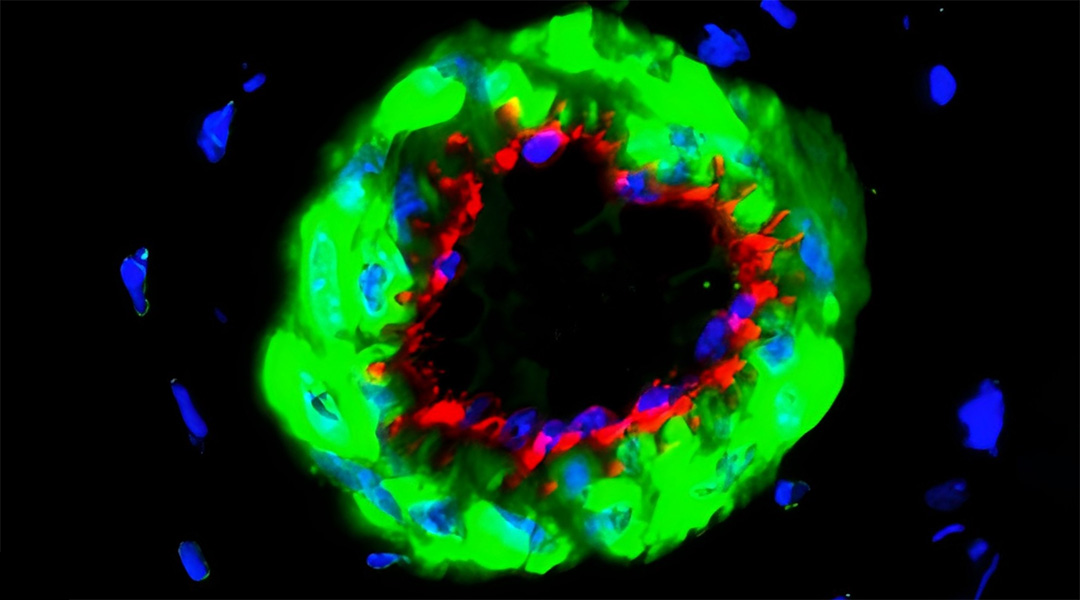
Tiny vesicles could help prevent amputations in diabetic patients
This safer, non-surgical treatment for diabetic limb ischemia could help patients with severe blood flow complications.
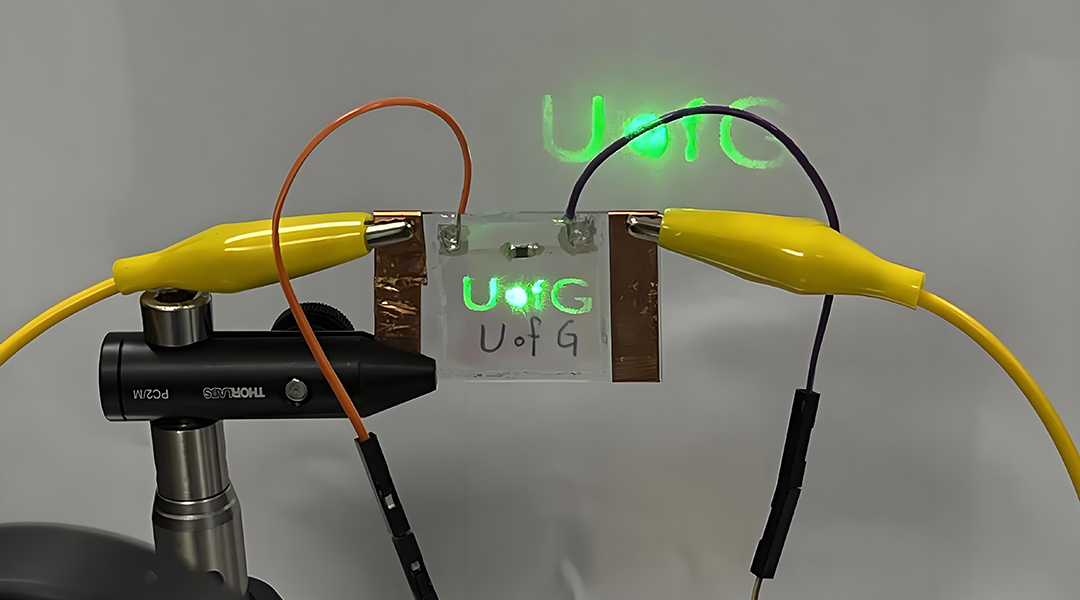
Liquid crystals bring a smoother switch between augmented and virtual reality
Temperature-sensitive materials seamlessly switch between VR and AR in headsets, paving the way for better extended reality experiences.
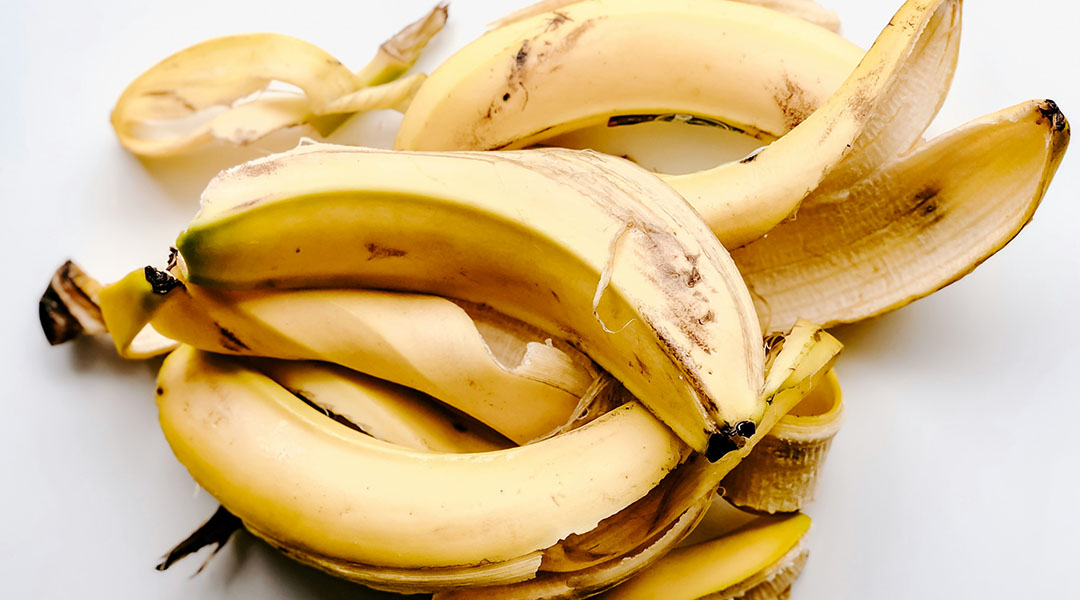
Turning banana peels and coconuts into clean energy
Researchers develop a device that generates clean energy from food waste, using banana peels and coconuts to power communities sustainably.
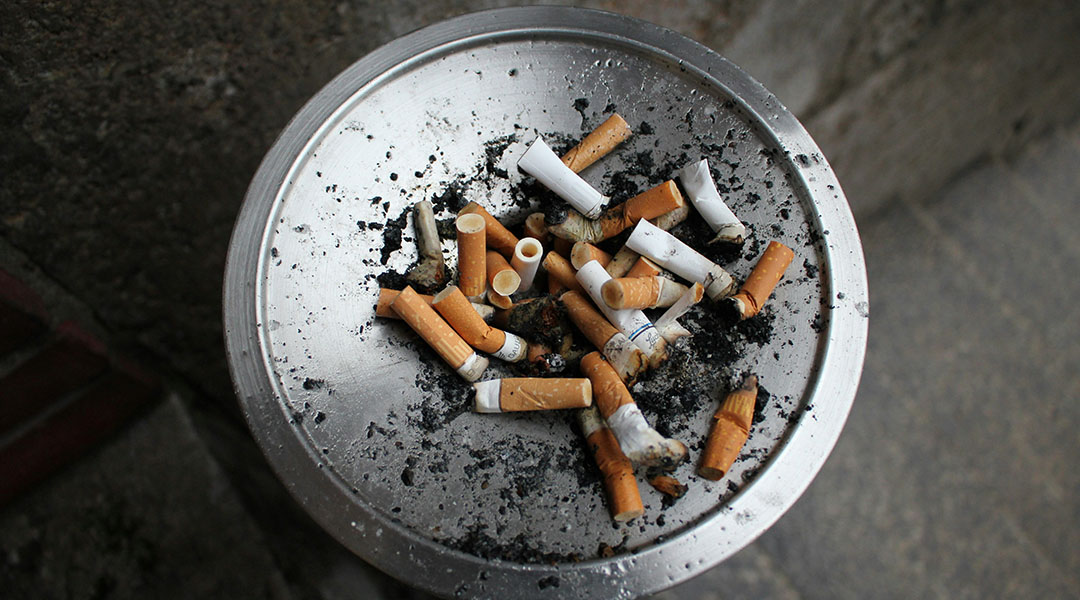
Parkinson’s drug helps alleviate nicotine withdrawal symptoms
Researchers discover that a Parkinson’s drug, procyclidine, can reduce physical nicotine withdrawal symptoms, such as tremors and immobility.
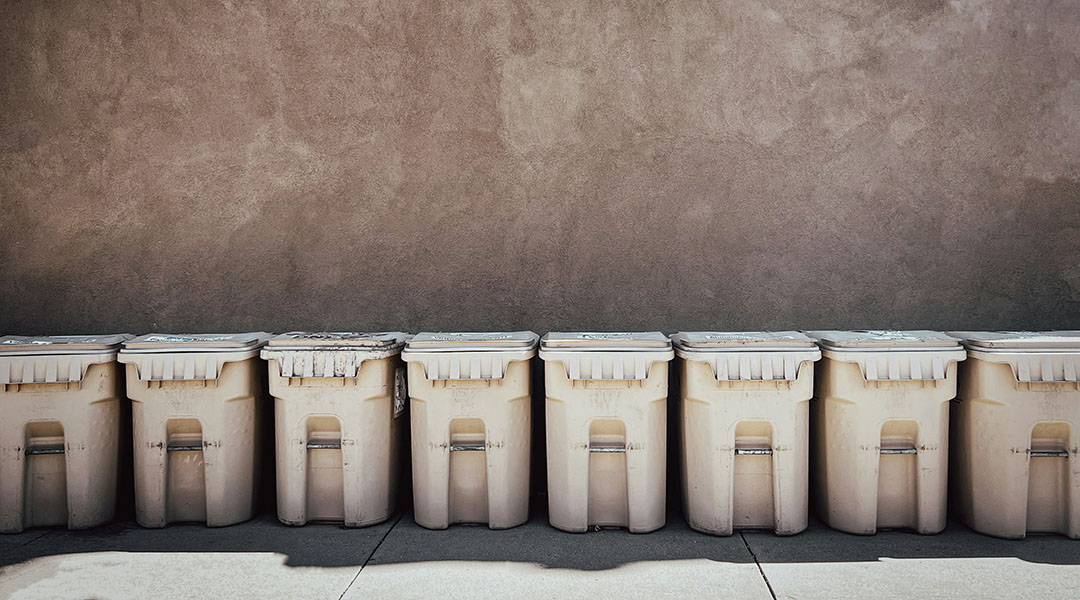
Scientists report airborne bacteria found in garbage may age our blood vessels
Pathogenic bioaerosols detected at household garbage collection sites may contribute to vascular aging with high chronic exposure.
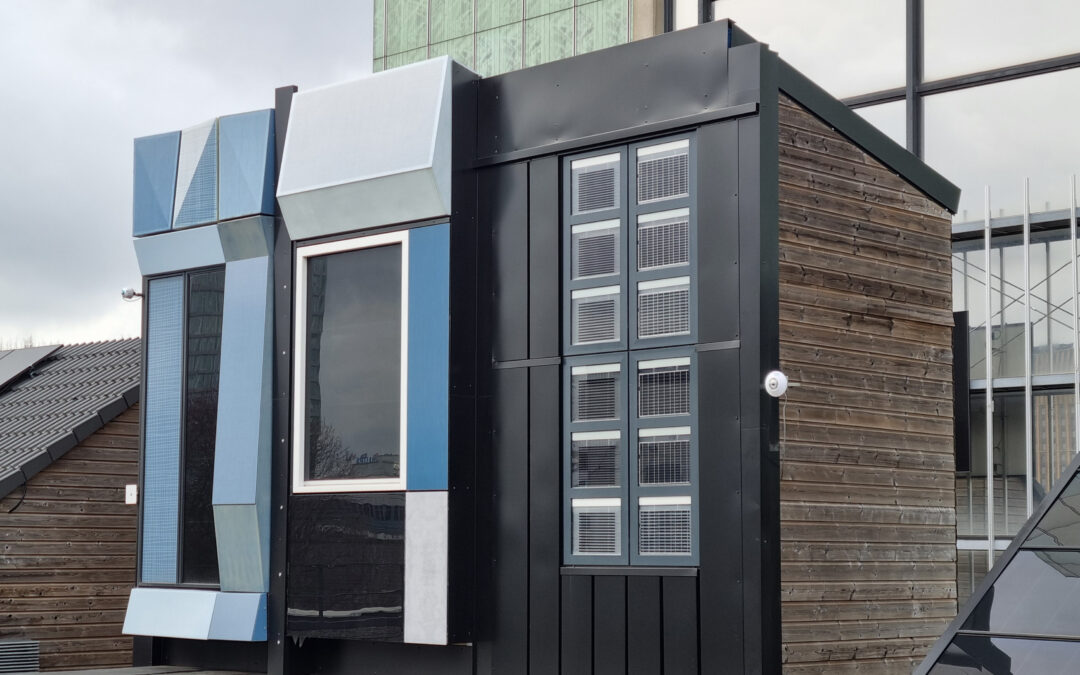
Solar windows with reflective blinds give buildings an energy boost
The innovative windows generate energy while shading building interiors from the sun, improving indoor comfort and energy efficiency.
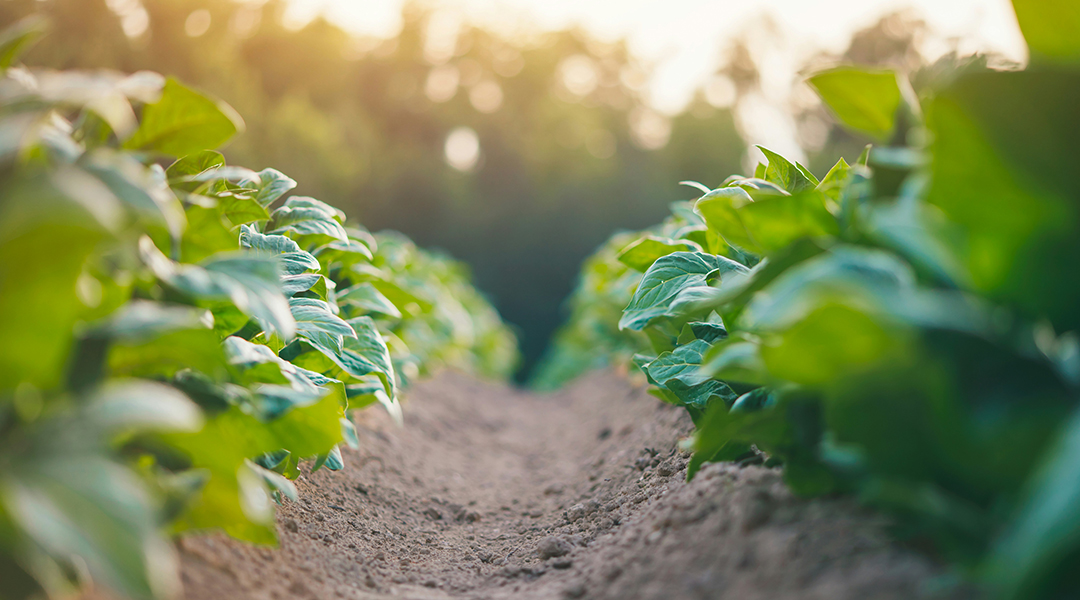
How underground fungi could make crops more nutritious—and attract bees
Scientists uncover the role of soil fungi in improving crop yields and balancing complex plant-pollinator interactions.
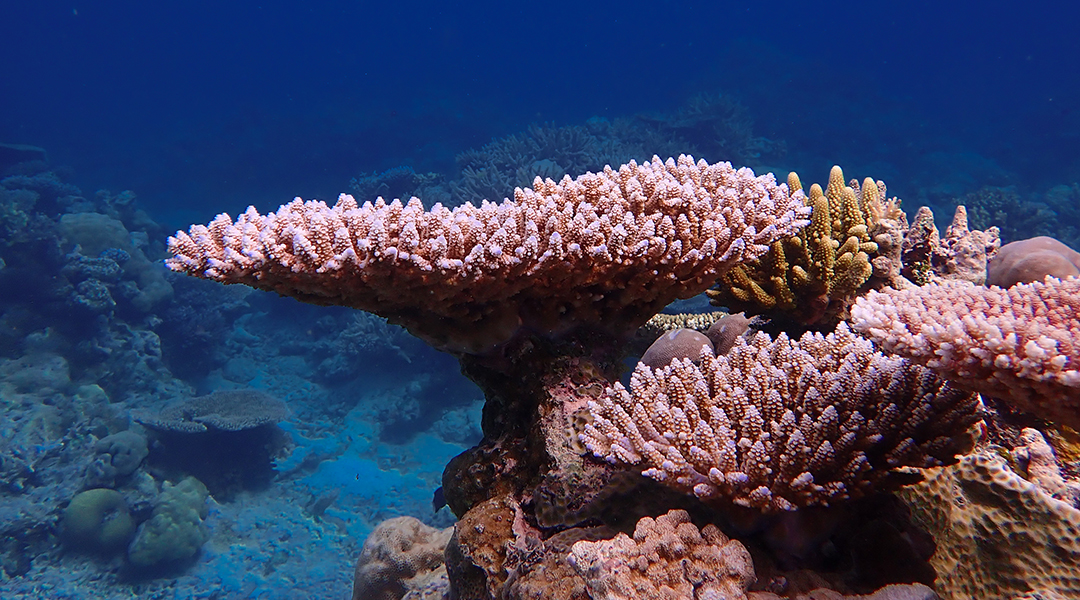
Can coral evolution keep pace with climate change?
Scientists explore how corals could adapt to climate change to survive, but stress that cutting emissions is crucial for their future.

Women with a genetic risk of depression are more likely to suffer from heart disease
Data from over 300,000 participants has revealed a potential genetic link between depression and cardiovascular disease in women.
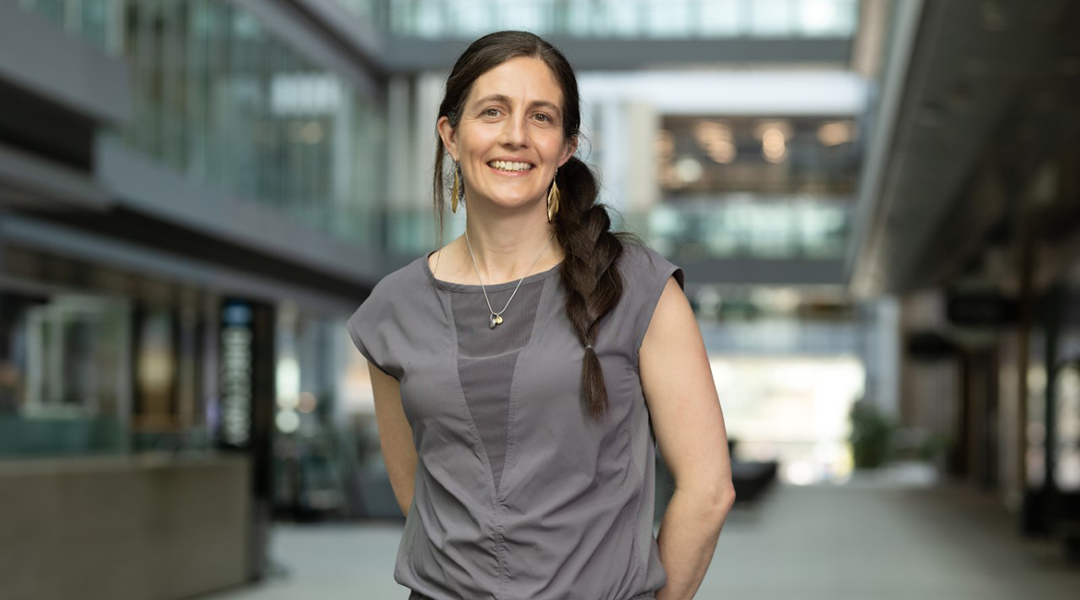
Alison McGuigan: Unravelling the intricacies of cellular organization
Using unique artificial microenvironments, chemical engineer Alison McGuigan is getting to the bottom of cell behavior.
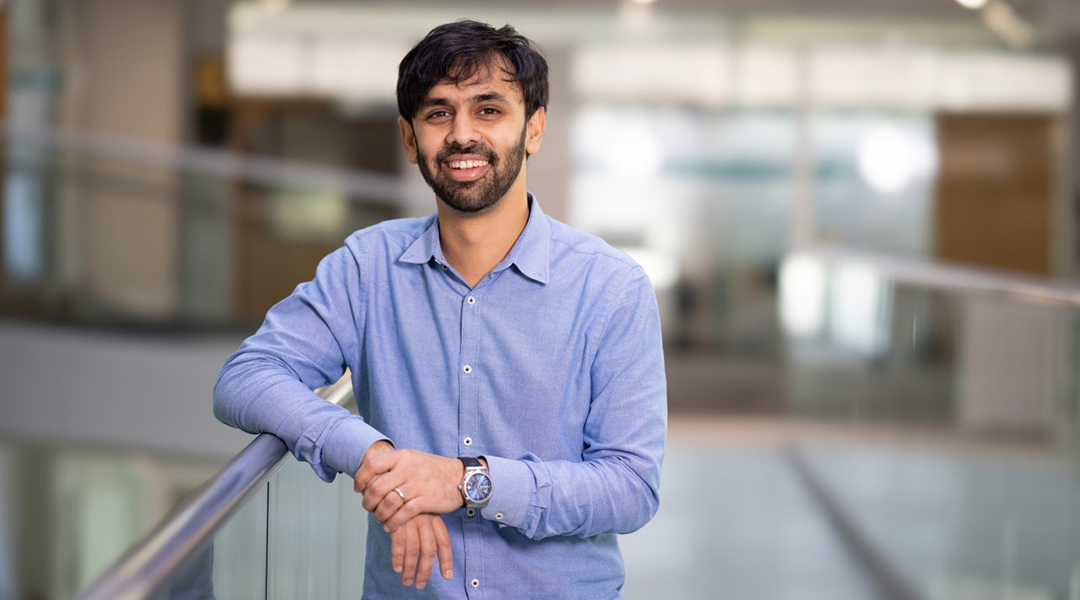
Gautam Dey: From open-ended searches emerge our most transformative discoveries
Biologist Gautam Dey is deciphering the evolution of the cell nucleus to answer fundamental questions in biology.
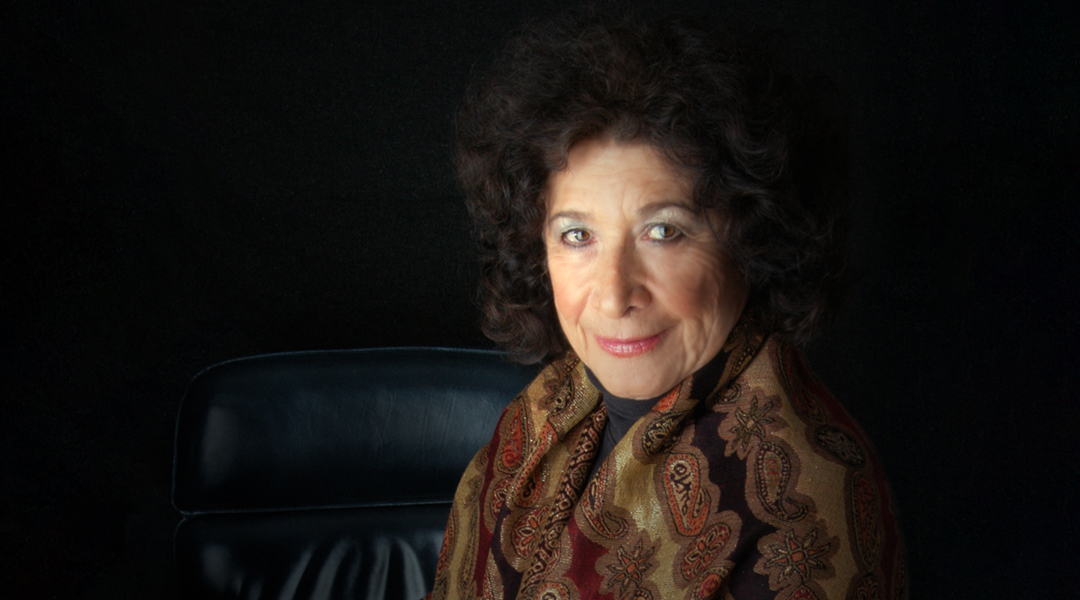
Zafra Lerman: Scientific exchange can promote peace
Chemist, teacher, humanitarian, and peace activist, Zafra Lerman uses science to break down barriers and foster peace.
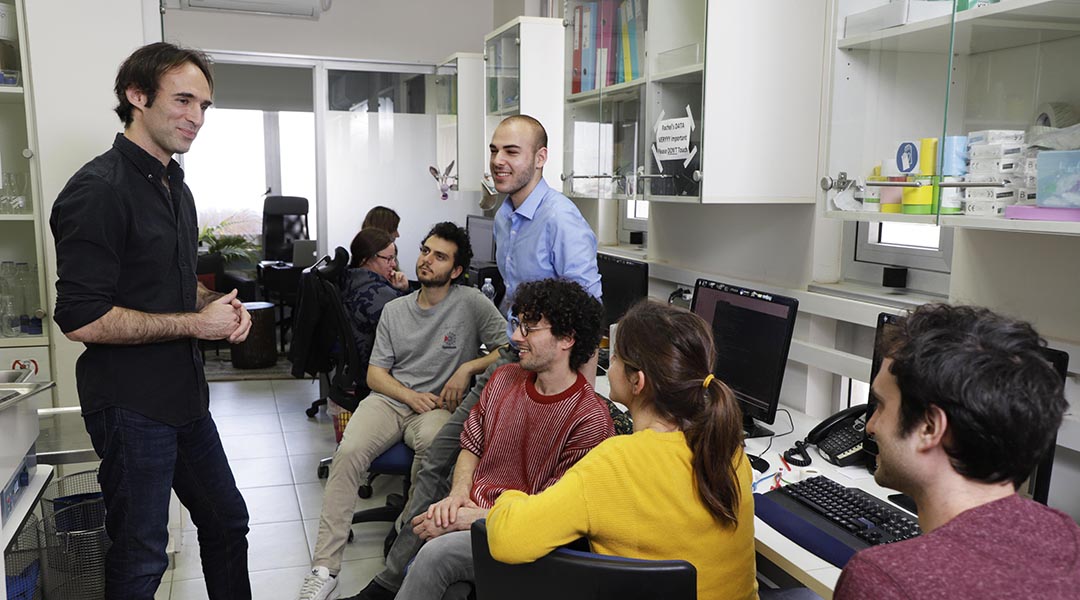
Oded Rechavi: “Do anything in your own style, the way you want to do it”
Neurobiologist Oded Rechavi investigates epigenetics, a curative use for brain parasites, and helped piece together the Dead Sea Scrolls using DNA.
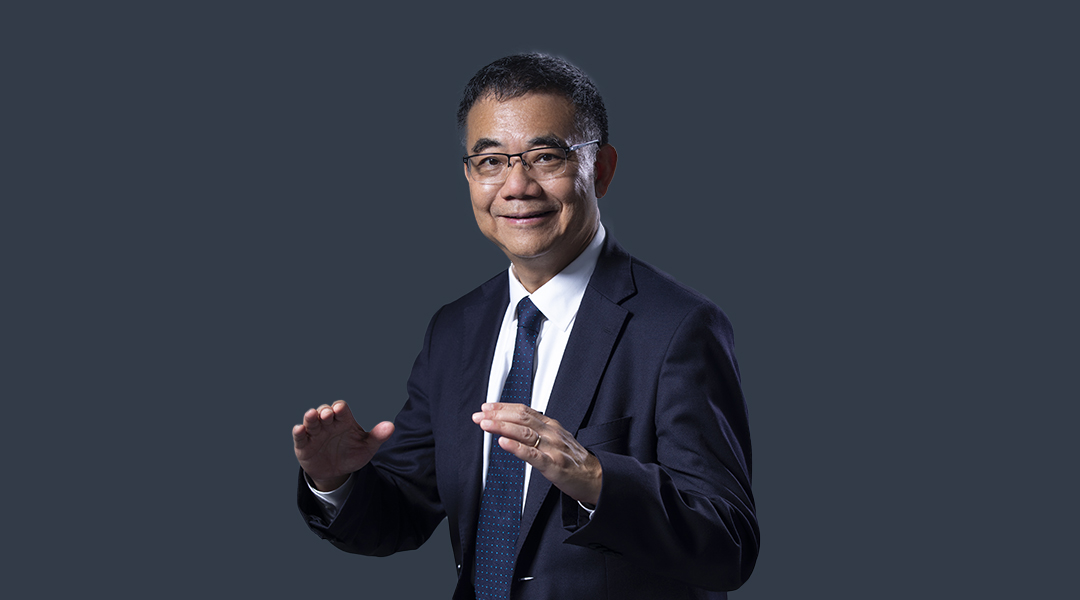
Yang Yang: Challenges and opportunities always go hand-in-hand
The material physicist on having fun and enjoying research, accepting challenges as opportunities, and supporting young talent in the field.

Mouse study reveals multi-generational benefits of exercising during pregnancy
Maternal exercise during pregnancy enables multiple generations of mice to inherit enhanced fitness, with vitamin C playing a key role.
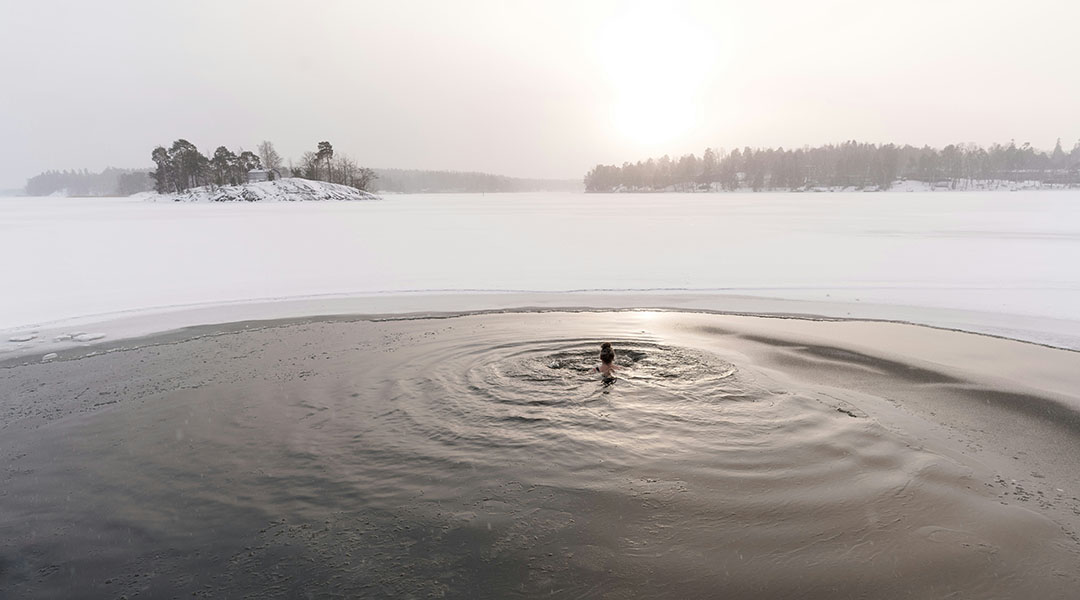
Cold shock from ice baths leads to stronger cells
New study reveals how repeated cold-water exposure enhances the cellular defenses, promoting adaptation to extreme temperatures.
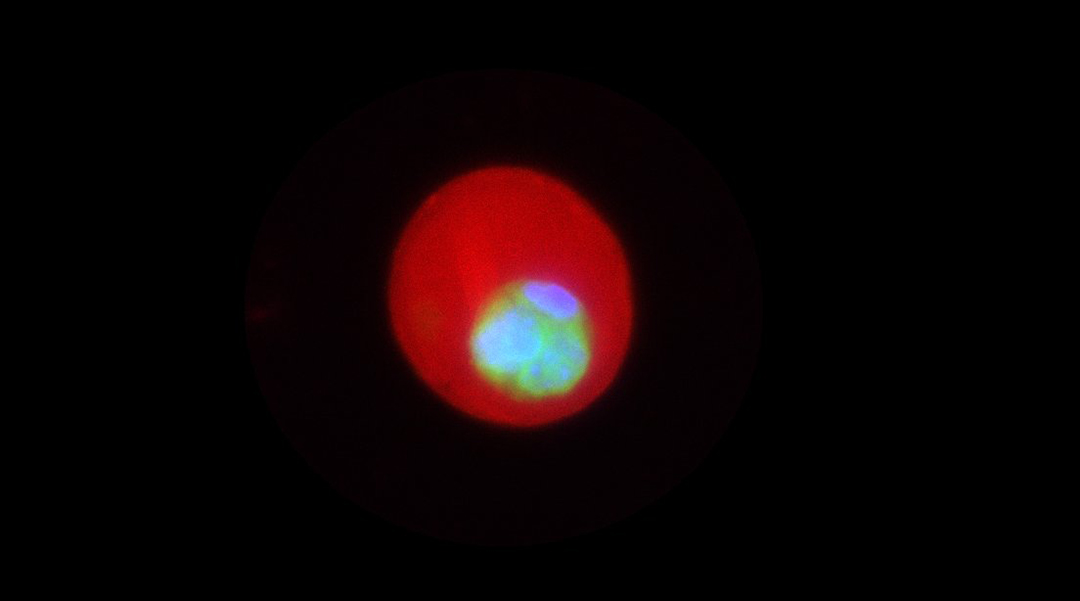
3D microgel device puts stem cells under pressure
A new 3D cell culture allows researchers to study how mechanical pressure influences stem cells for regenerative medicine and cell therapy.
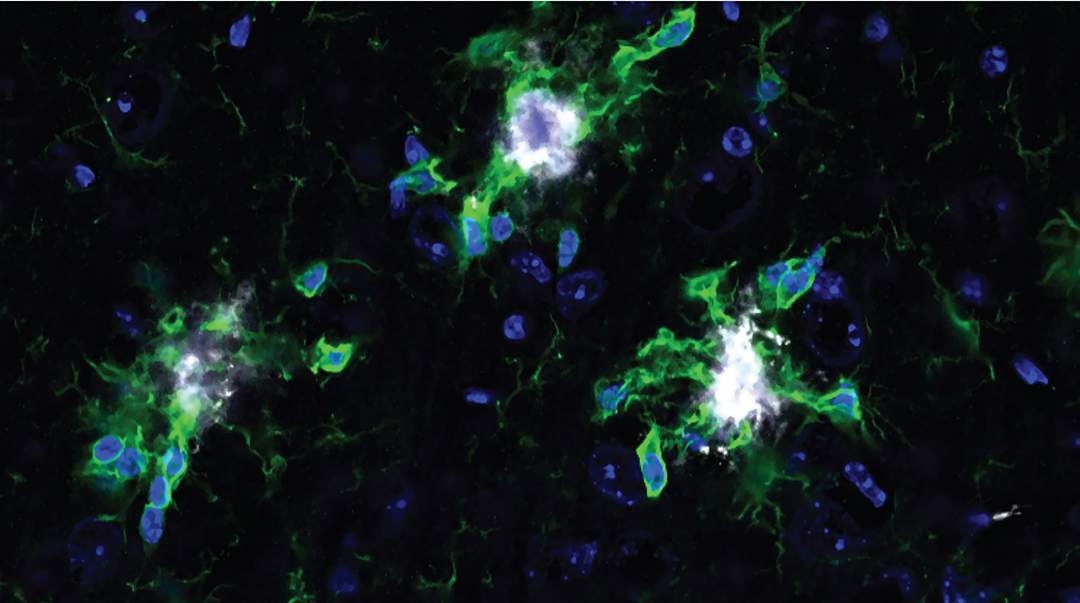
Xenon gas protects brain cells against Alzheimer’s disease, clinical trial underway
Inhaled xenon gas reduced neuroinflammation, brain atrophy, and boosted protective neurons in mouse models of Alzheimer’s.
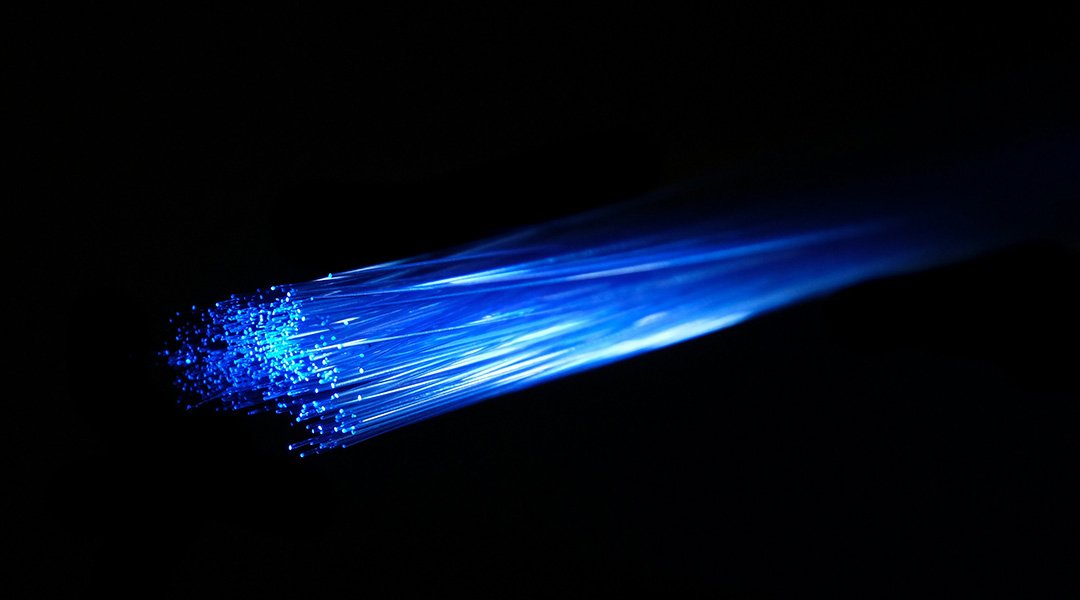
Quantum communication could be integrated into existing fiber optic networks, new study shows
Quantum communication doesn’t necessarily need to be delayed; it might be possible to integrate it into existing fiber optic networks.
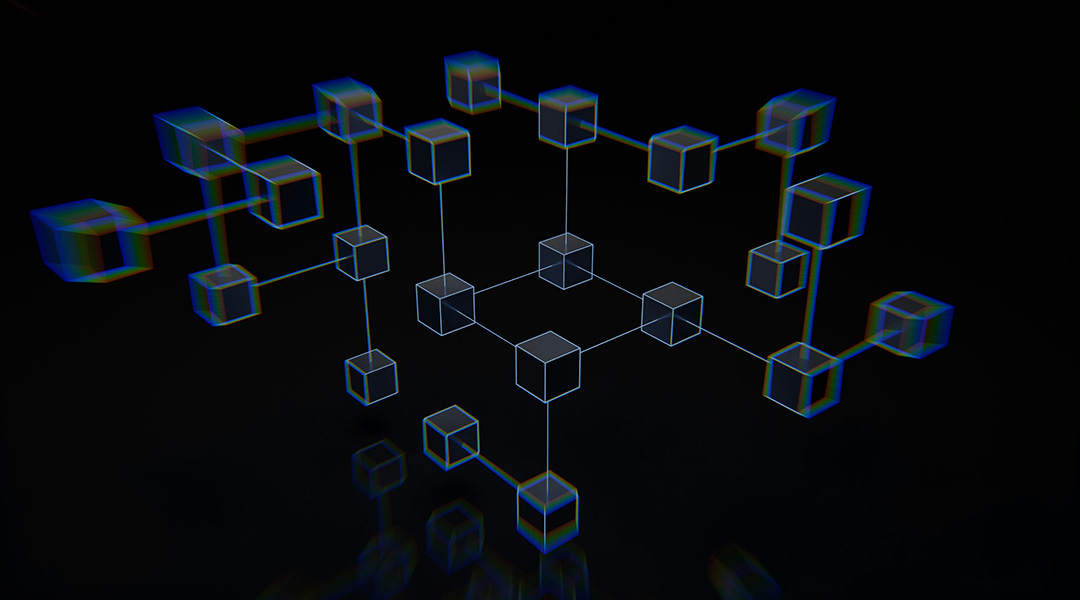
Calculating the true environmental costs of AI
The rapid growth of AI brings hope of unprecedented advancements in many sectors but what is its real carbon footprint?

Butterflies inspire magnetic robots that fly more efficiently
Monarch butterflies have inspired the design of 3D-printed robotic wings that rely on magnetic fields to generate their delicate movements.

Study finds 75% of Facebook links shared without clicking or reading
People holding political extreme beliefs on either end of the spectrum were more likely to indulge in this behavior.
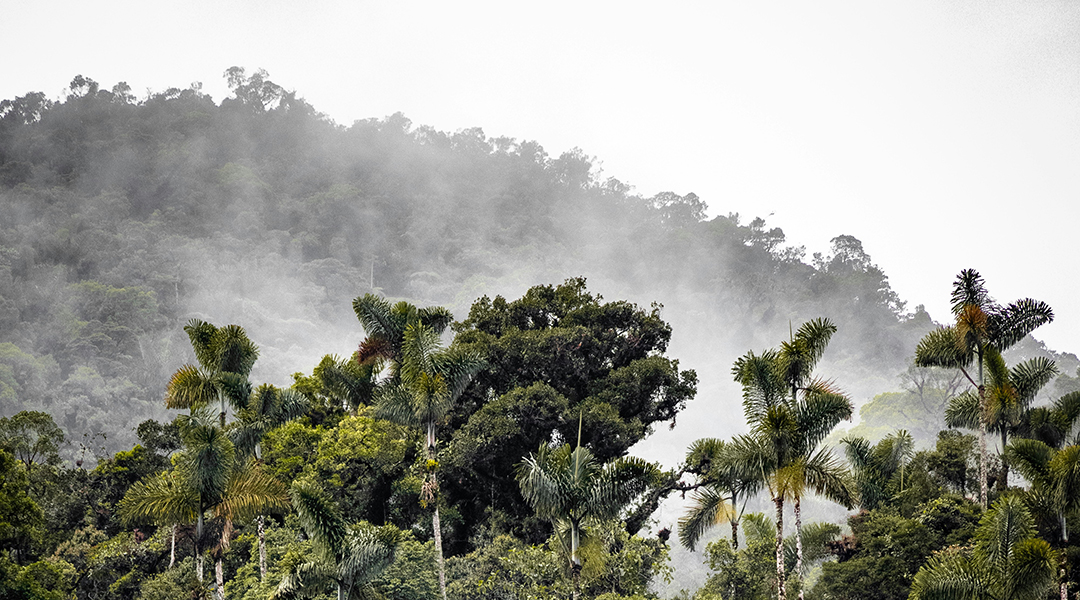
Scientists identify the driver behind a mysterious particle cloud over the Amazon
A molecule emitted by rainforest plants plays a key role in forming mysterious aerosol particles in the region’s upper troposphere.
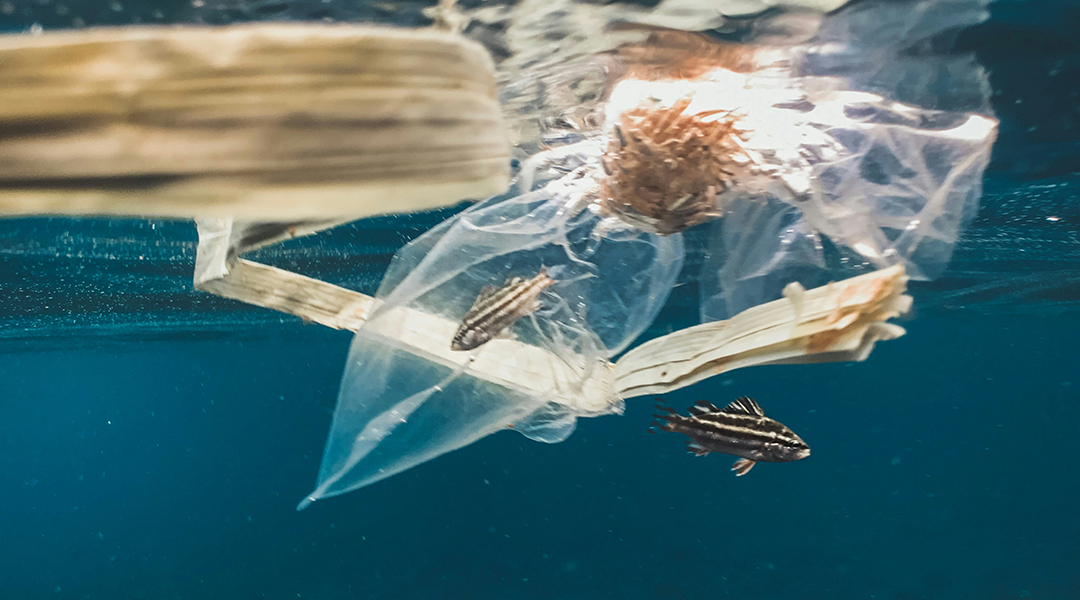
New plastic material fully degrades in the ocean
A new material designed to dissolve only in salt water could help us prevent the accumulation of microplastics in the seas.
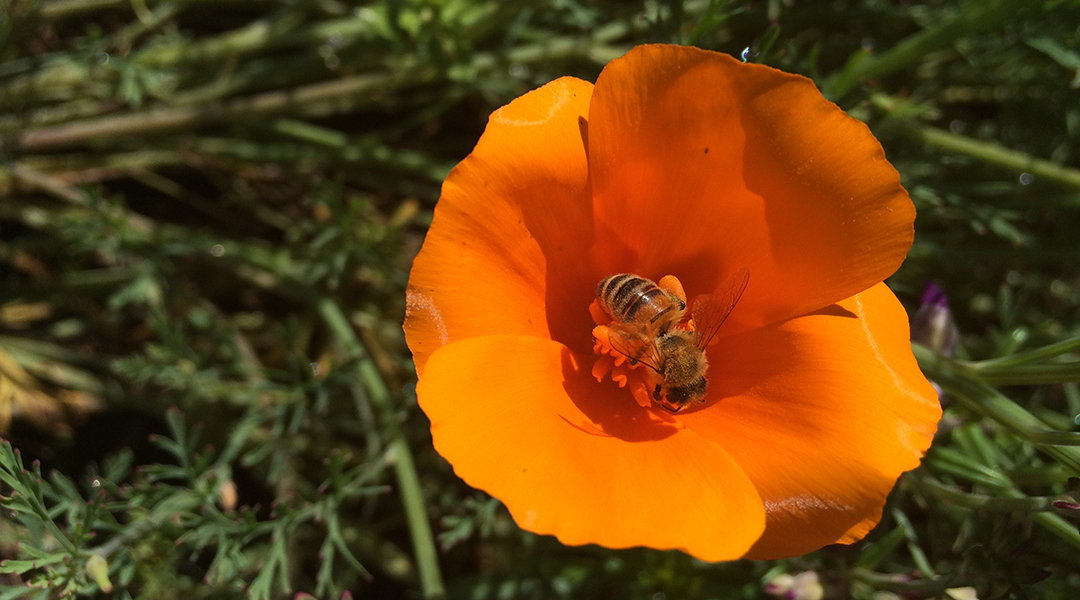
Honey bees boost crop pollination, but at a cost to wild bees
Honey bees compete with wild bees for resources in croplands, but nutritious wildflower plantings can mitigate these effects.

Turning banana peels and coconuts into clean energy
Researchers develop a device that generates clean energy from food waste, using banana peels and coconuts to power communities sustainably.

Quantum communication could be integrated into existing fiber optic networks, new study shows
Quantum communication doesn’t necessarily need to be delayed; it might be possible to integrate it into existing fiber optic networks.

How gamma rays developed the chemical complexity of the cosmos
Researchers have built a better picture of how complex molecules developed in the early Universe before becoming essential for life.
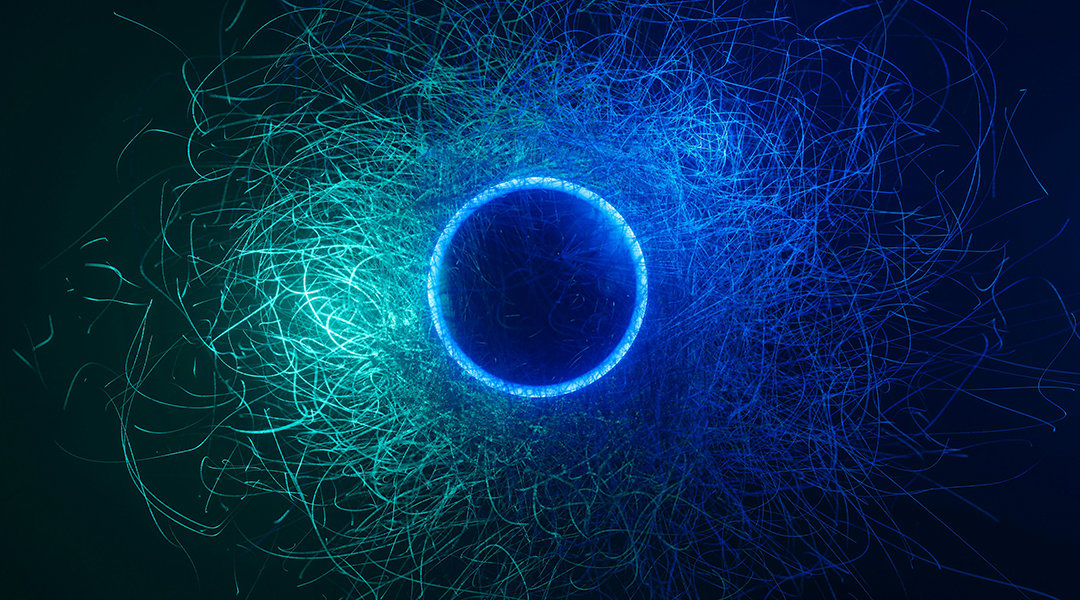
Researchers take a glimpse at the structure of rare tetraquarks
A new study explores tetraquarks, predicts new exotic particles, and offers deeper insights into their complex structure and behavior.

CERN scientists search for new physics in unusual energy patterns linked to hidden particles
Researchers at CERN’s Large Hadron Collider explore subtle energy signals to search for new physics beyond the Standard Model.
